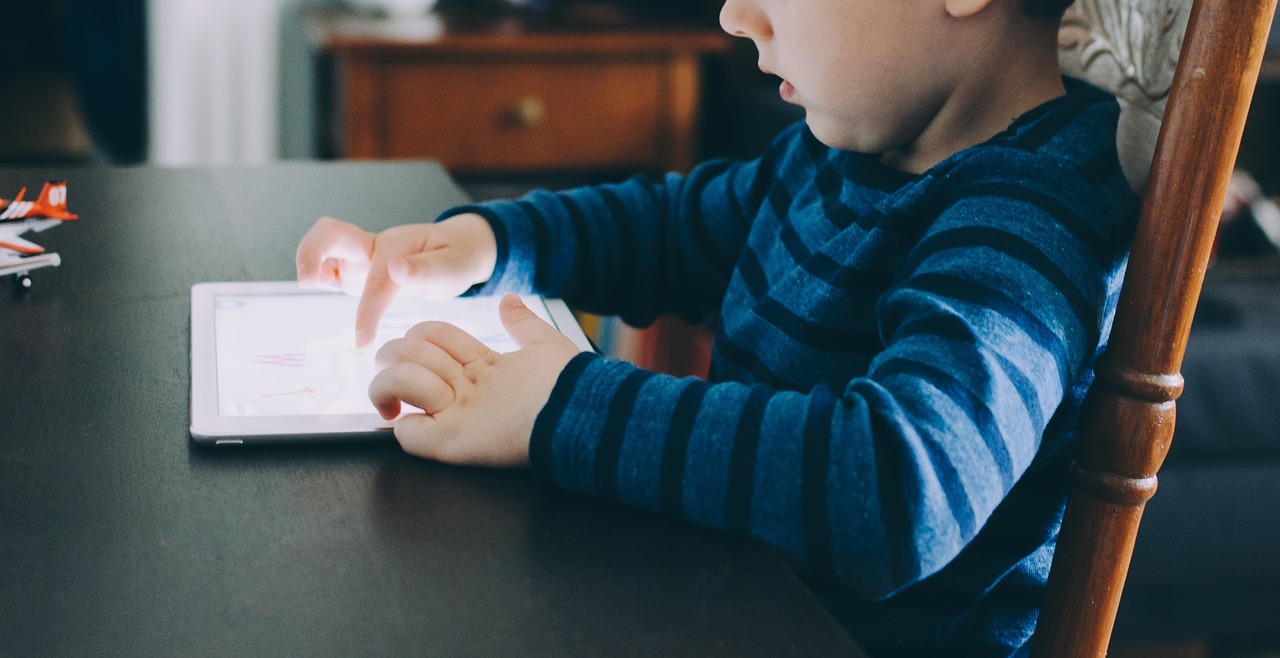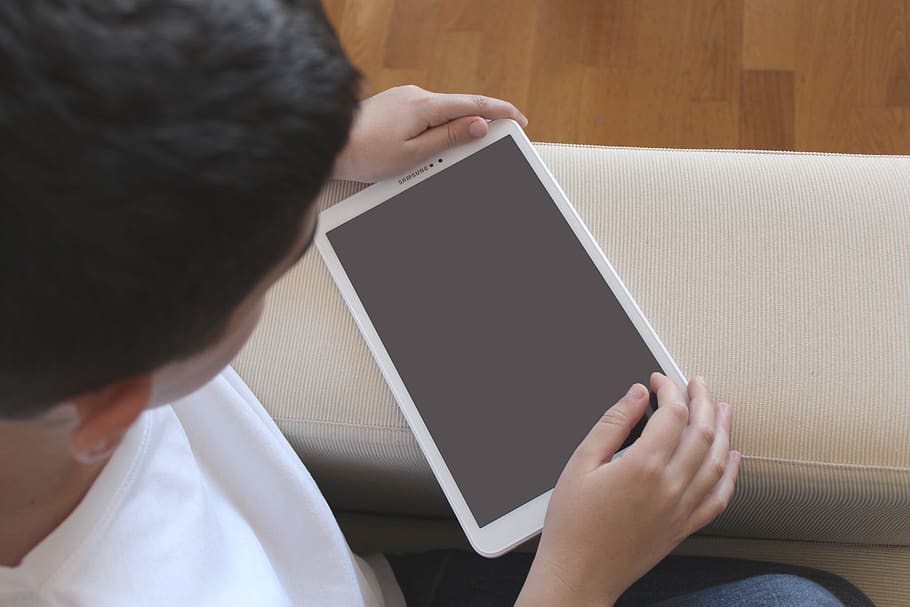
AAC Speech
What It Is
Augmentative / Alternative Communication (AAC) is any device or system that assists non-verbal or minimally verbal children. It typically refers to an electronic speech generating device (SGD), but it can also refer to low tech approaches that utilize printed pictures.
AAC speech therapy is working with a child to be able to functionally commmunicate with their AAC device or clarify their message with their device.
What You Should Know
AAC speech therapy is an area that I have seen parents push back and challenge SLP therapists most in my career. This is because it takes a fair amount of parent education, training and trust to be effective.
All parents want to do what is best for their child, and sometimes they believe that by using an AAC device the therapist is “giving up” on the goal of verbal speech. However, research has repeatedly shown that effectively using AAC can accelerate a child’s path toward verbal speech. I have seen it first hand–AAC speech therapy works.
Children that are highly echolalic, or repeat what they have heard, may also benefit from a speech device. Children with other disabilities that affect the intelligibility of their speech, or how much they can be understood, such as childhood apraxia of speech or Down syndrome, also could be a good fit.
AAC technology ranges from low-tech systems such as a picture communication board to which a child points to communicate to higher-tech electronic systems similar to an iPad that will actually output speech for the user. Common vendors that I have experience using include:
- Low tech-PECS, choice boards, switches, Go Talk, talking pockets
- High tech- iPad apps such as Sounding Board, LAMP, Proloquo2go; dedicated speech generating devices (SGDs) including Accent devices with Unity and LAMP software.

My Approach
Many insurance plans will cover part or all of the funding of a dedicated speech device depending upon your child’s specific needs. I can provide an evaluation and guide you through the paperwork process that can help obtain this funding if appropriate.
I work with representatives from assistive tech distribution companies to allow your child to trial devices during the evaluation.
Once an evaluation is completed, some insurance companies will require trials with the recommended device prior to fully funding it. In these cases, I work with families to try and acquire loaner devices from the manufacturing companies. Once trials are completed, I will complete my evaluation report and submit it with any other required documentation from your child’s pediatrician to your insurance company.
Another route to consider is through your child’s school district. Most public school systems have an assistive technology (AT) department that works in conjunction with their speech-language pathology services. I can work with you to speak with the AT provider at your child’s school if you think your child would benefit from a device.
For ongoing therapy, I focus on overall communication competence rather than teaching specific vocabulary. Can a child communicate their needs in any given situation across the day?
Collaboration with families, teachers and other professionals to determine when language support is extremely critical so I can target these specific scenarios in my therapy sessions.
I go beyond just teaching a child how to use their device to ask for things, so we can target other pragmatic functions– such as commenting and describing–as soon as it is appropriate.
One of my favorite therapy activities includes having a dance party! I work with children to say “more” “up” “down” and “all-done” with their devices during silly and engaging dance parties. If a child isn’t into dancing, I have even been known to play hide and seek down the hallway in which the child learned to tell me to “go” hide and ask “where” is Janine via his device!
I also work on other ways to engage other pragmatic functions at the same time. I constantly model words such as “fun” “wow” and “awesome” on their devices. Aided language input (modeling what I would say) is a hugely successful strategy to “normalize” communication by device.
Finally, one of my dreams is to have AAC groups with children communicating with each other via device!
